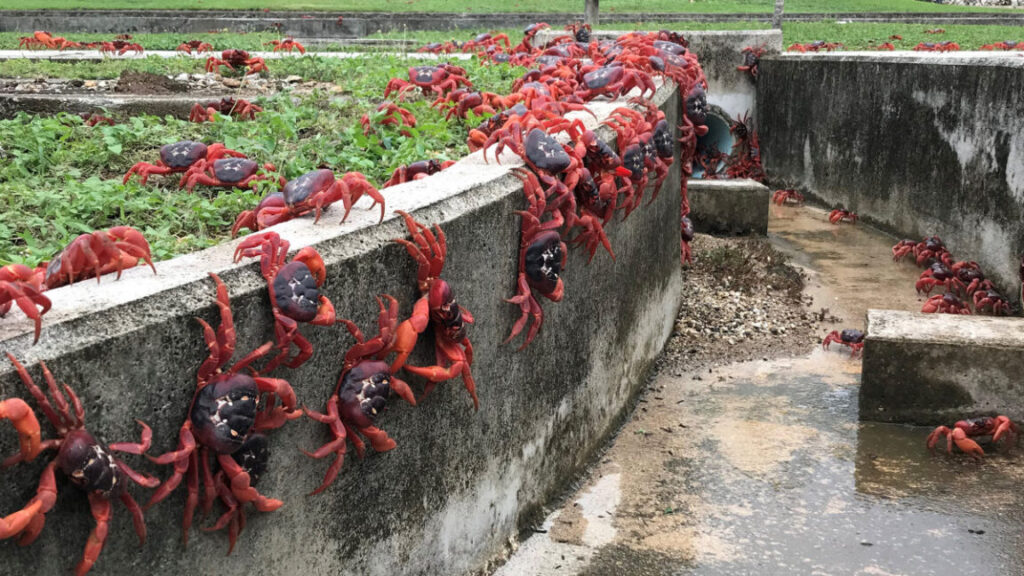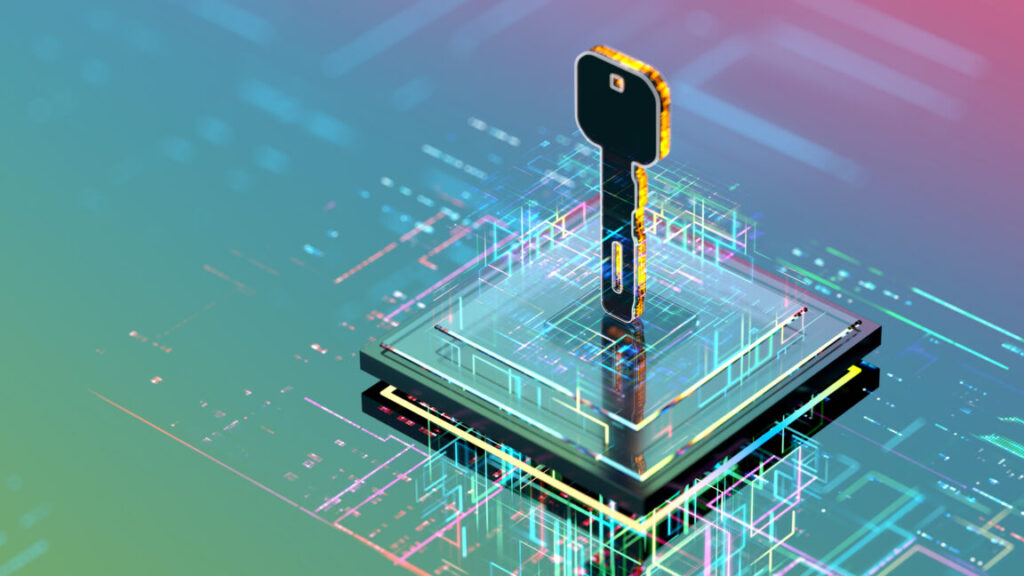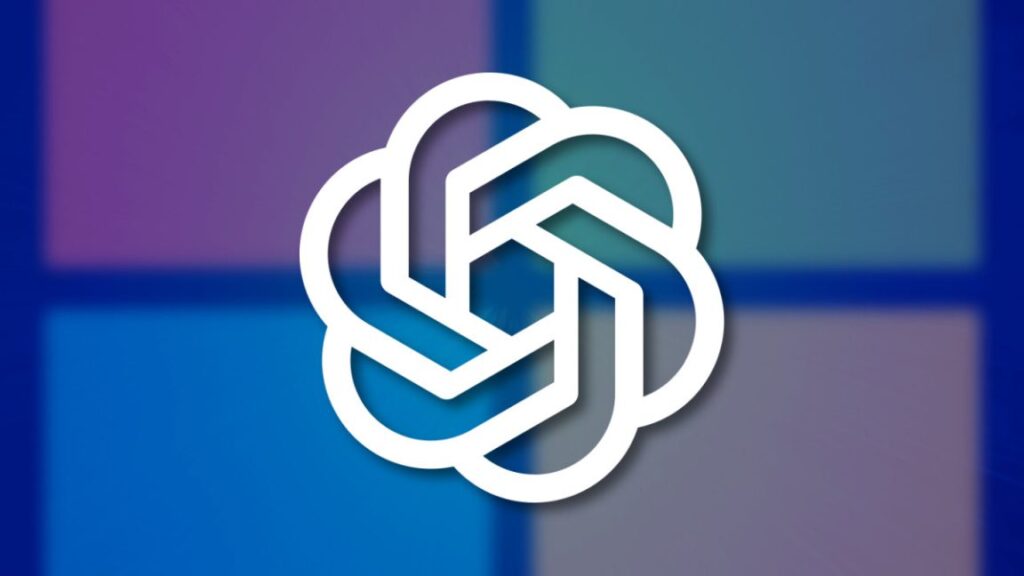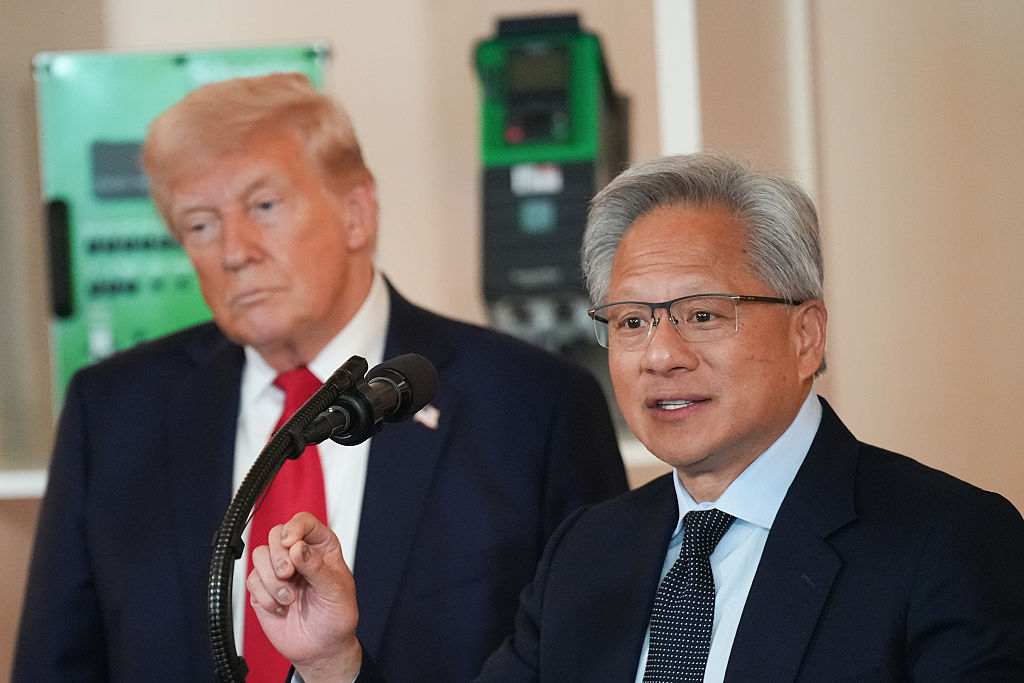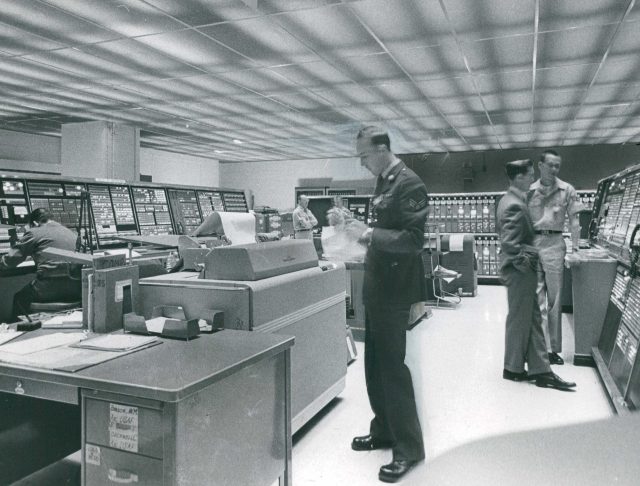Google plans secret AI military outpost on tiny island overrun by crabs
Christmas Island Shire President Steve Pereira told Reuters that the council is examining community impacts before approving construction. “There is support for it, providing this data center actually does put back into the community with infrastructure, employment, and adding economic value to the island,” Pereira said.
That’s great, but what about the crabs?
Christmas Island’s annual crab migration is a natural phenomenon that Sir David Attenborough reportedly once described as one of his greatest TV moments when he visited the site in 1990.
Every year, millions of crabs emerge from the forest and swarm across roads, streams, rocks, and beaches to reach the ocean, where each female can produce up to 100,000 eggs. The tiny baby crabs that survive take about nine days to march back inland to the safety of the plateau.
While Google is seeking environmental approvals for its subsea cables, the timing could prove delicate for Christmas Island’s most famous residents. According to Parks Australia, the island’s annual red crab migration has already begun for 2025, with a major spawning event expected in just a few weeks, around November 15–16.
During peak migration times, sections of roads close at short notice as crabs move between forest and sea, and the island has built special crab bridges over roads to protect the migrating masses.
Parks Australia notes that while the migration happens annually, few baby crabs survive the journey from sea to forest most years, as they’re often eaten by fish, manta rays, and whale sharks. The successful migrations that occur only once or twice per decade (when large numbers of babies actually survive) are critical for maintaining the island’s red crab population.
How Google’s facility might coexist with 100 million marching crustaceans remains to be seen. But judging by the size of the event, it seems clear that it’s the crab’s world, and we’re just living in it.
Google plans secret AI military outpost on tiny island overrun by crabs Read More »
